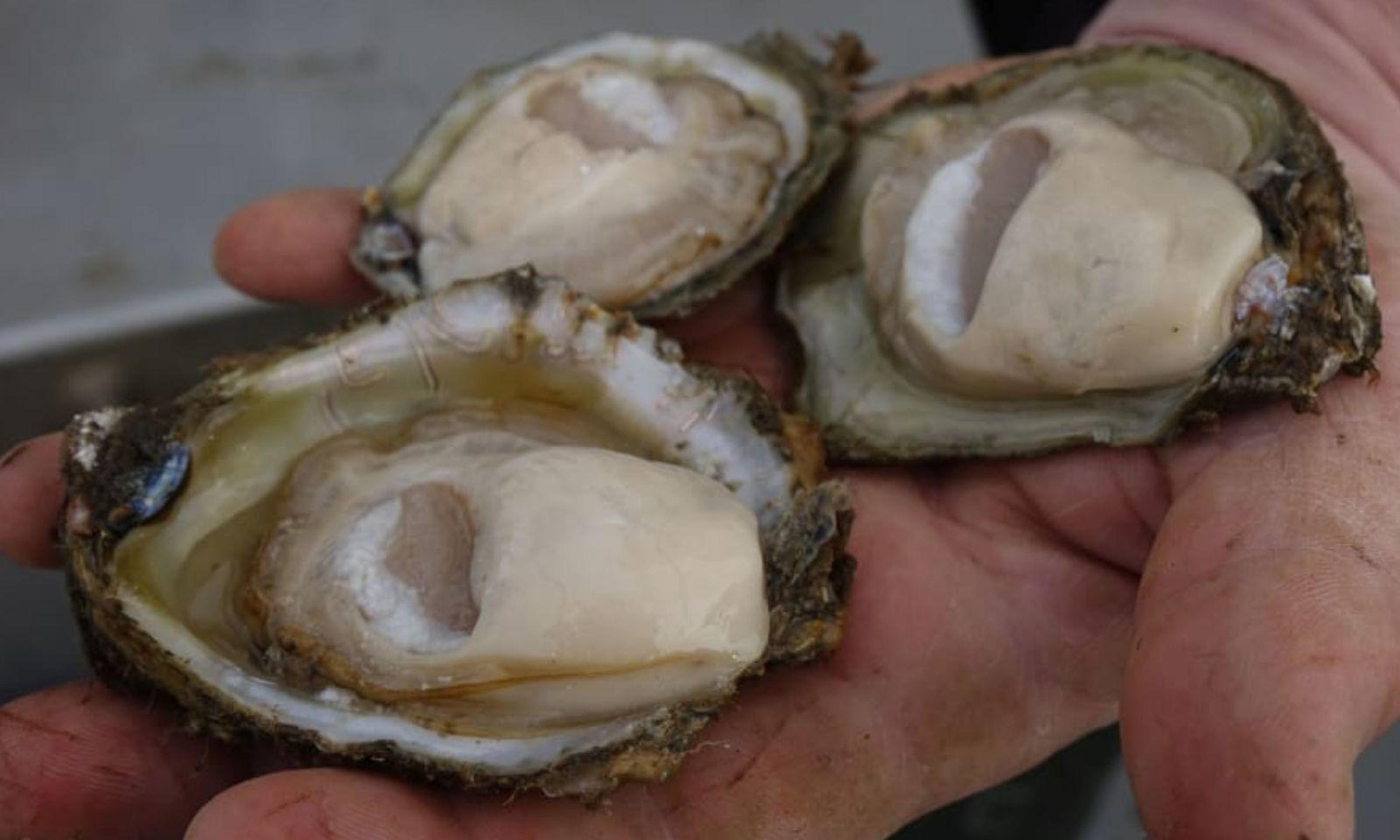

Oysters are among some of the seafood affected by high level of algal toxins.
Photo/RNZ/Lydia Anderson
Warning: Shellfish and other seafood in Hawke's Bay and East Cape regions unsafe to eat
The New Zealand Food Safety are urging the public to avoid consuming shellfish, oysters, muscles, cockles, scallops, pipis' and cat's eyes.
New Zealand Food Safety is warning the public to avoid collecting or eating shellfish from the east coast of Northland and the Hawkes Bay area and from Cape Kidnappers up to East Cape.
Deputy director-general of New Zealand Food Safety, Vincent Arbuckle says the shellfish have toxins in them produced by the gathering algal - a naturally occurring event.
He says their recent sampling found that the toxin levels are at a "concerning" level where one case was eleven times higher than normal.
"It makes them very poisonous. It will in time go away but for the time being the sampling that we've done indicates it's at concerning levels," Arbuckle says.
"The public health advice we're giving is to not consume that kind of shellfish at the moment until we do further sampling and can lift that warning."
Are all seafood in those areas unsafe?
Seafood safe to consume are finfish, crayfish, paua, snapper and crab are safe to eat as long as the gut is removed.
Unsafe seafood identified are shellfish, oysters, muscles, cockles, scallops, pipis and cat's eyes.
What about shops in the area?
Arbuckle says due to a thorough surveillance program applied to commercial seafood makes it "perfectly safe to eat".
"We're absolutely confident that there are no issues in commercially available shellfish or fish," he says.
What if I've eaten it already?
Arbuckle advises those who have consumed toxin seafood to seek medical treatment immediately.
"If you've got that leftover shellfish take that with you because it will be helpful for the medical people," he says.
"They may get that sample to understand what's happened."
Arbuckle says to also look out for symptoms which can crop up from ten minutes to three hours.
Symptoms include
Tingling or numbness in the face, mouth, hands or feet or mouth
Dizziness
Nausea
Headaches
In extreme cases can lead to respiratory failure and death
"It's a paralytic toxin so it paralyses parts of the body. So this is not a small minor gastric thing this is a serious risk and it can't be cooked out," he says.
Arbuckle says New Zealand Food Safety have lift the warning once sampling shows it is in the clear.
"It will not last forever. We often find these blooms of algal will disperse over a matter of weeks.
"They could take a bit longer but we hope this is a temporary thing."
For more information, click here.
Watch the full interview from 531's Facebook page below:


